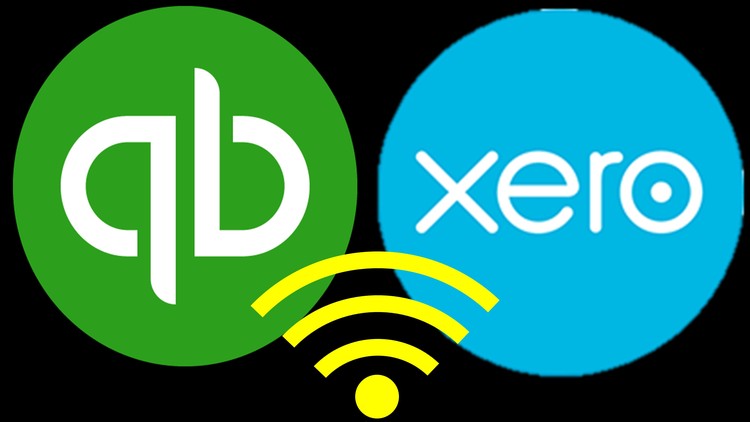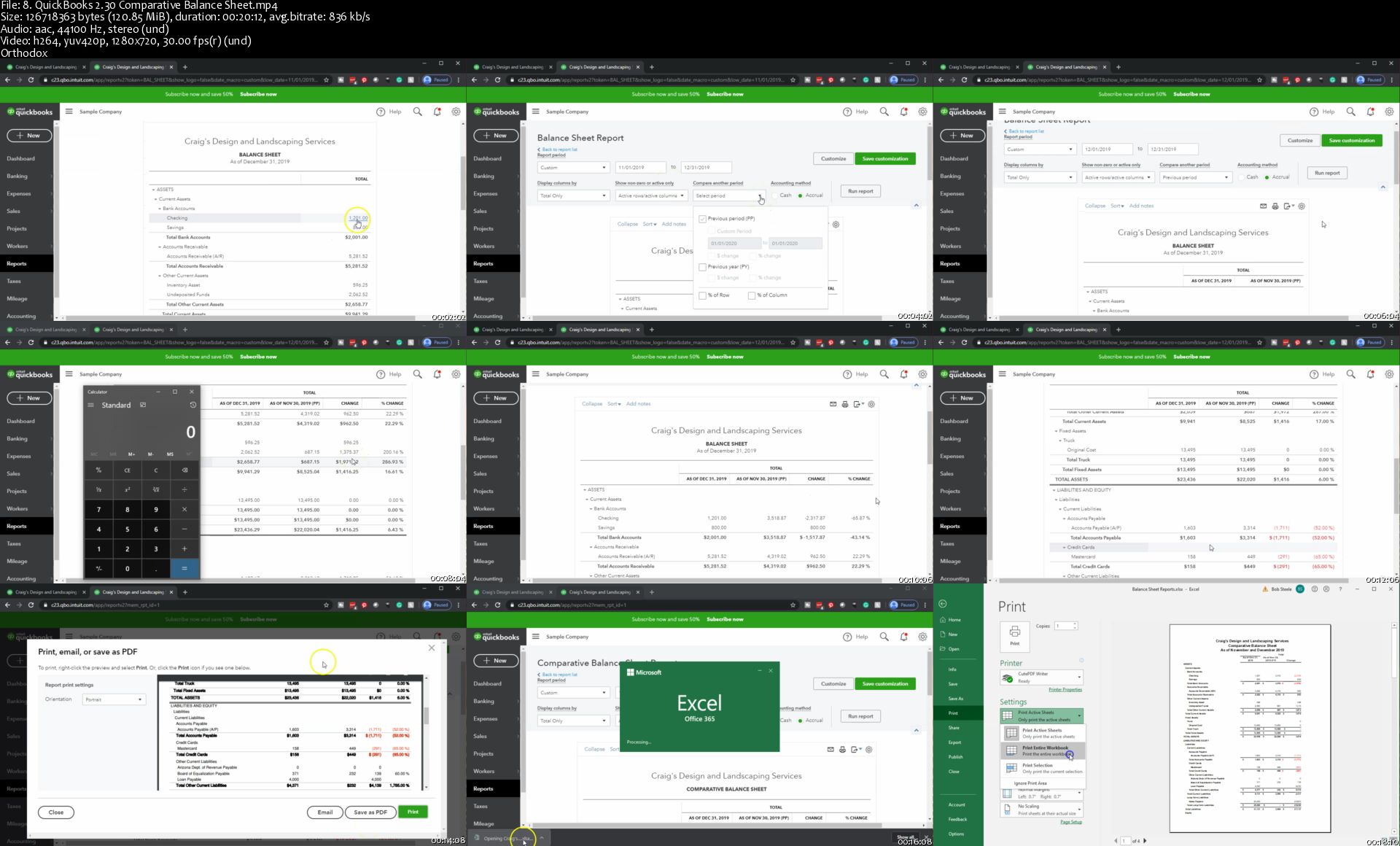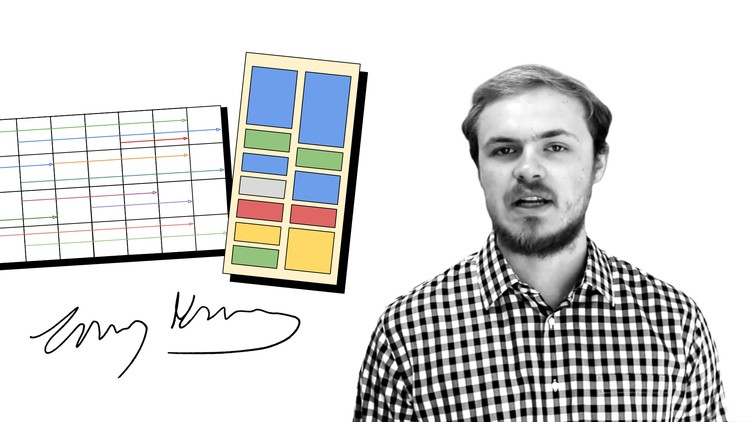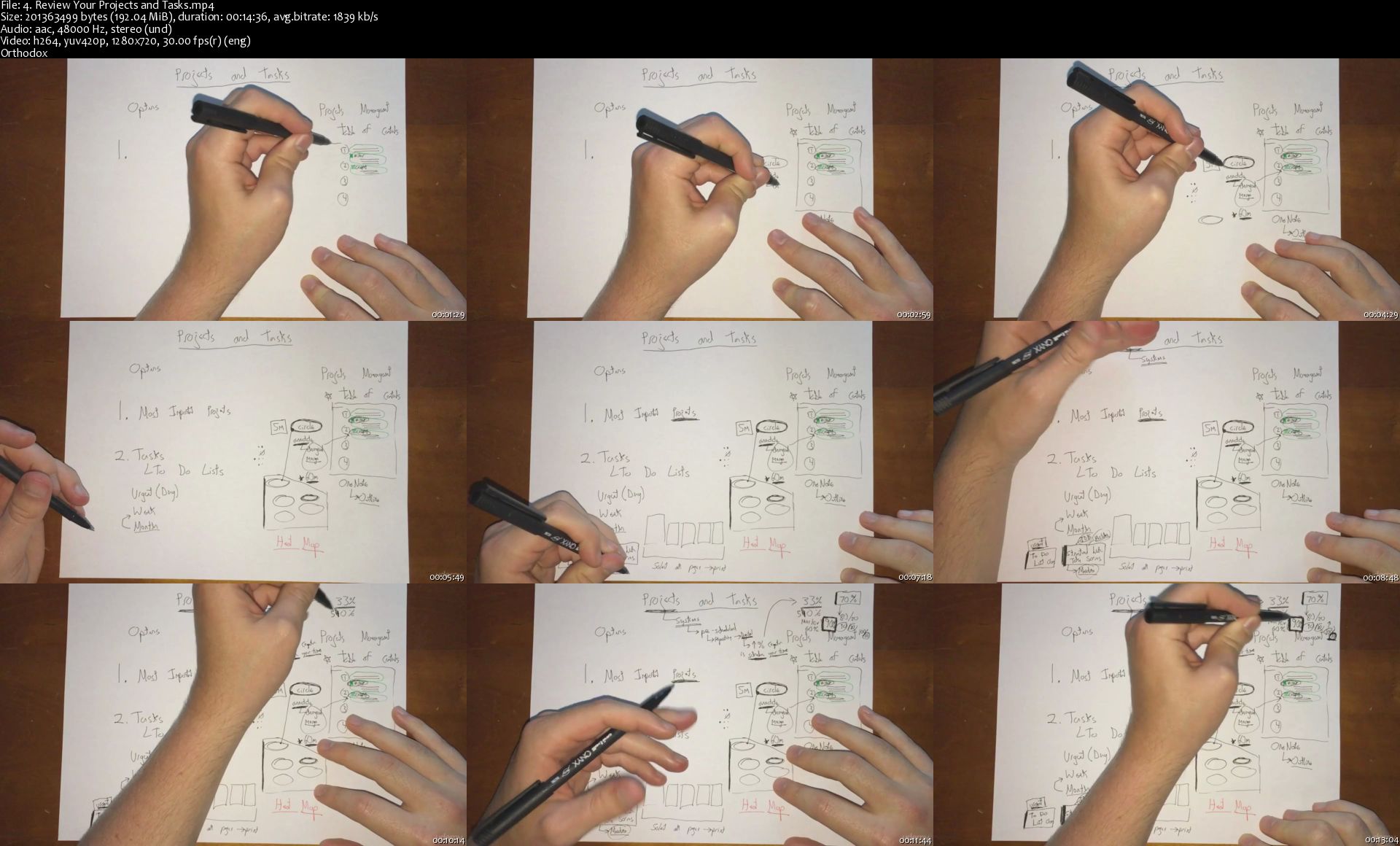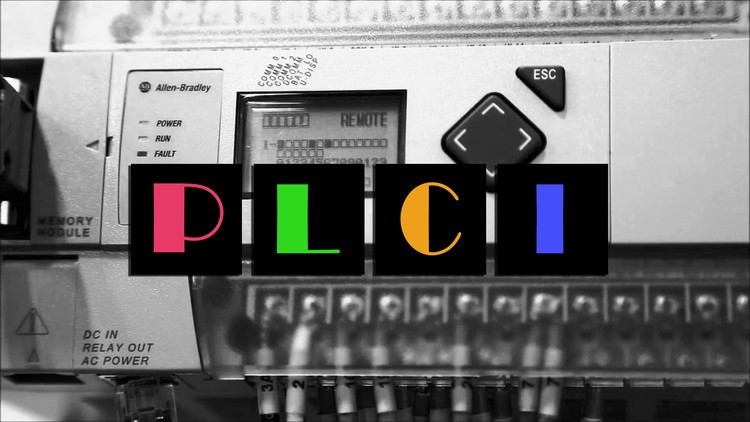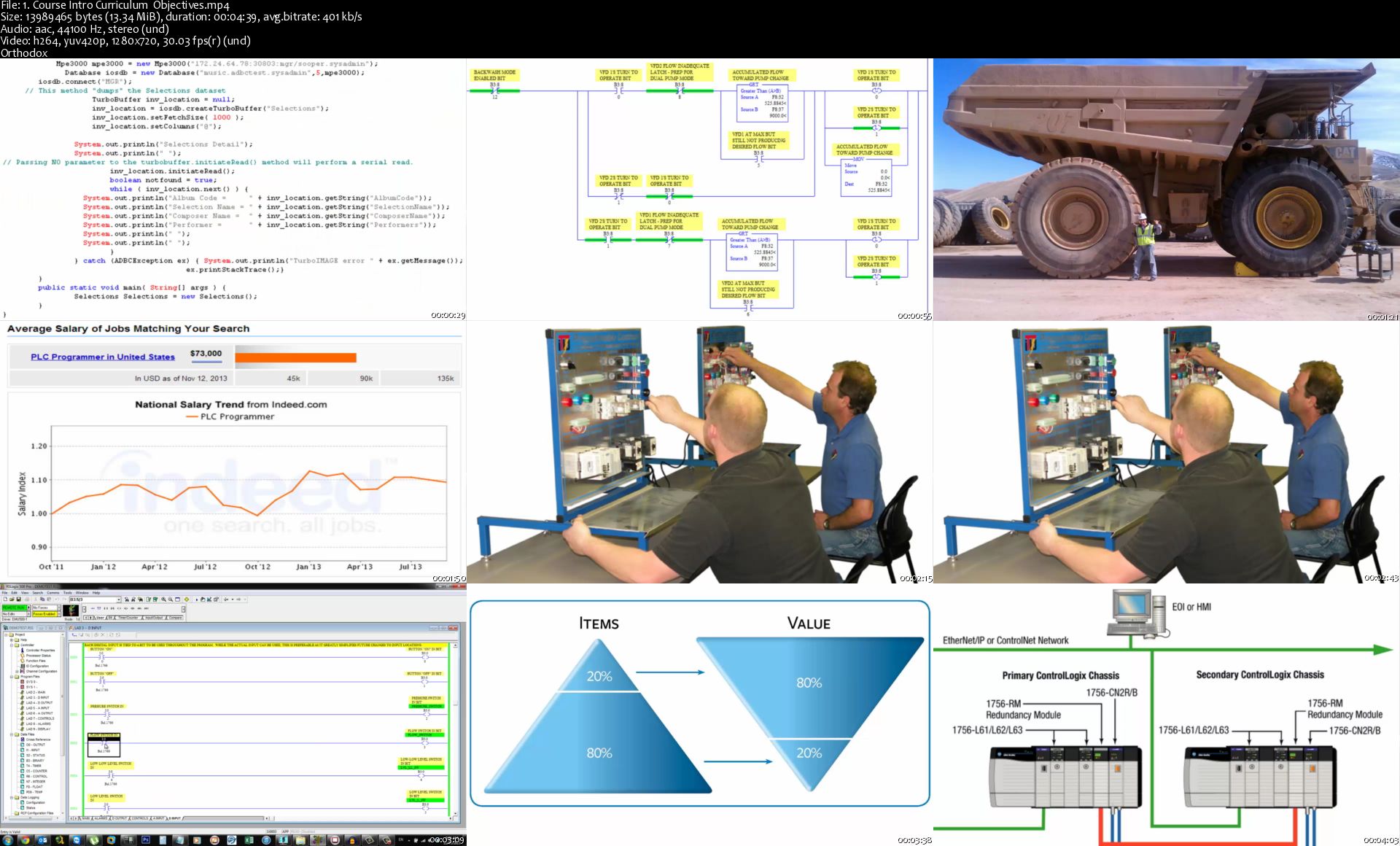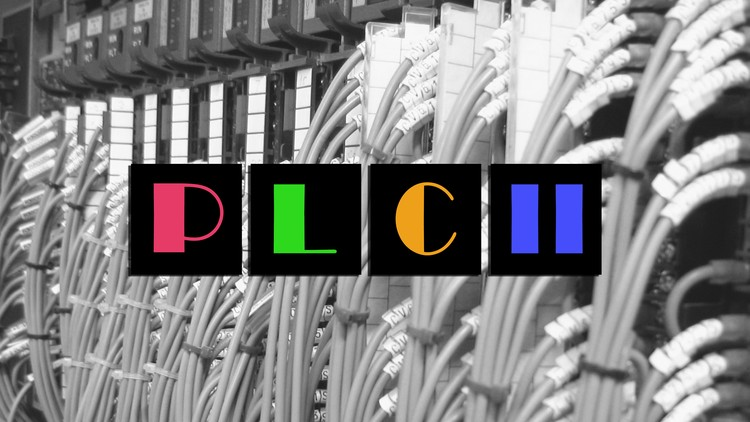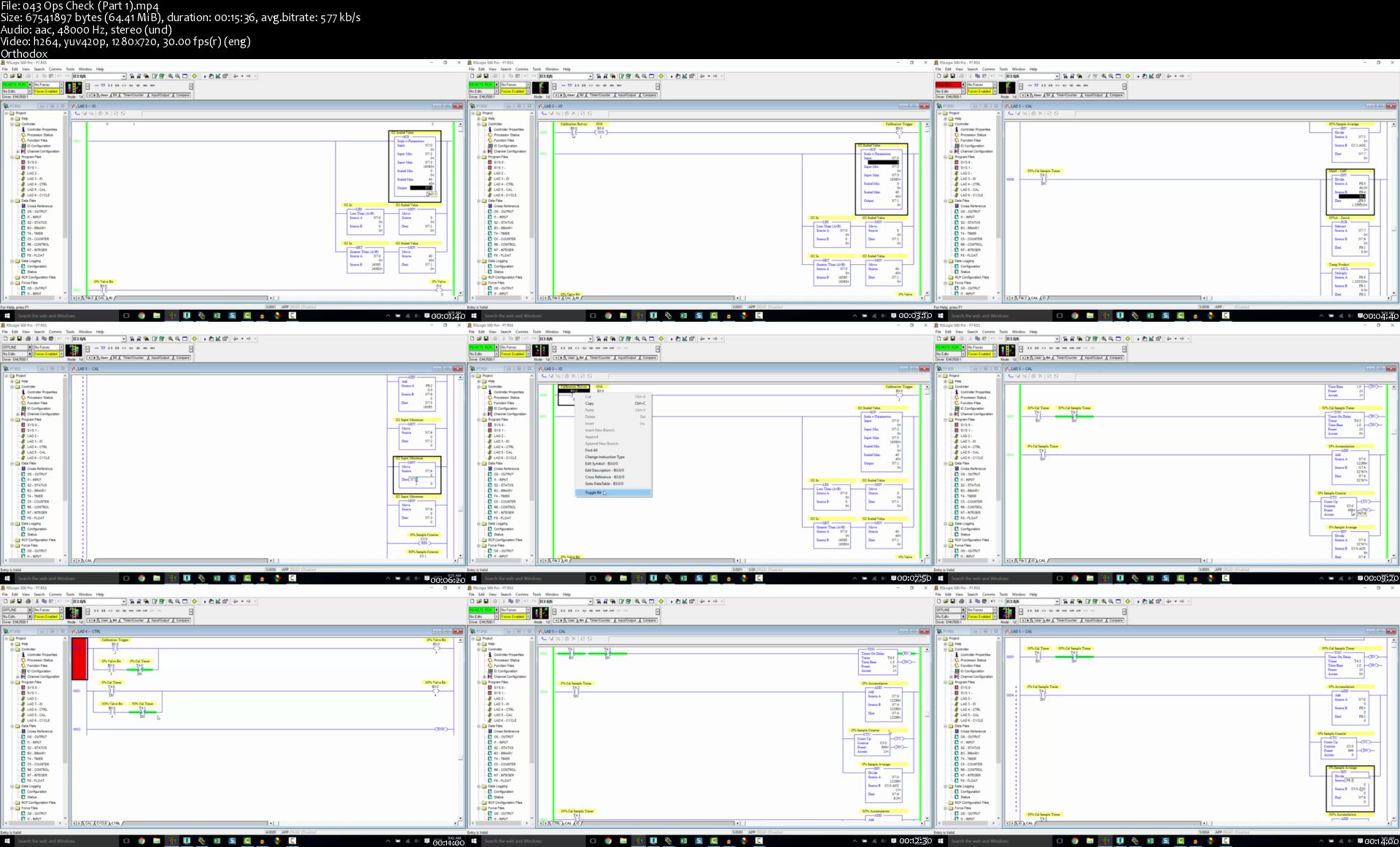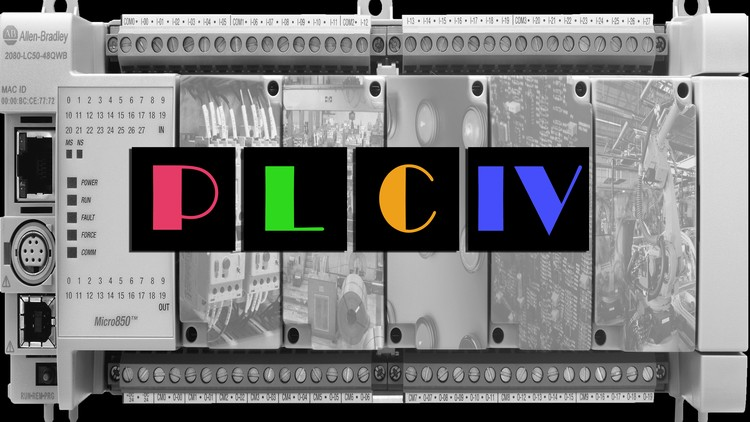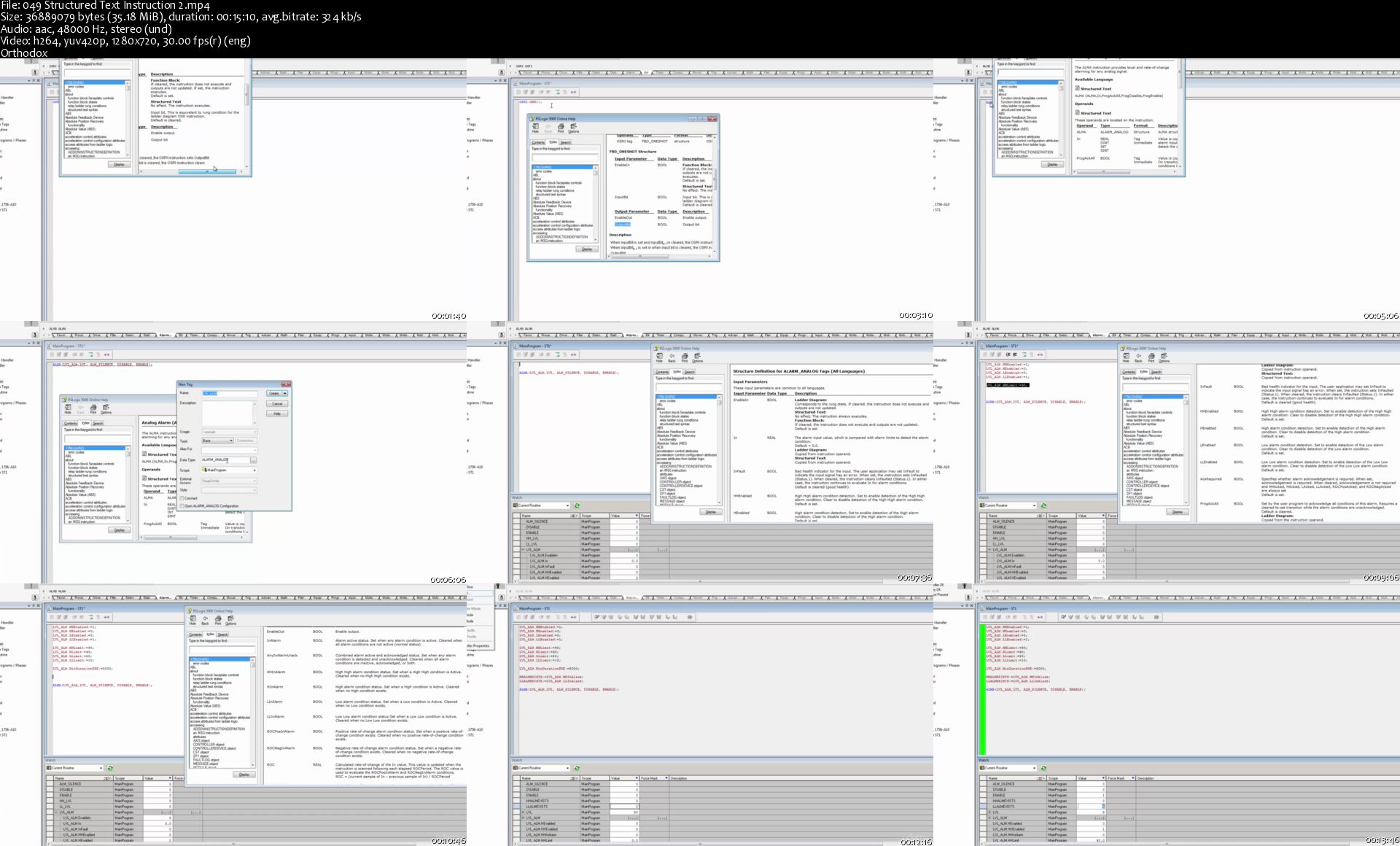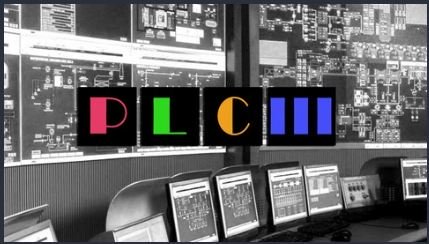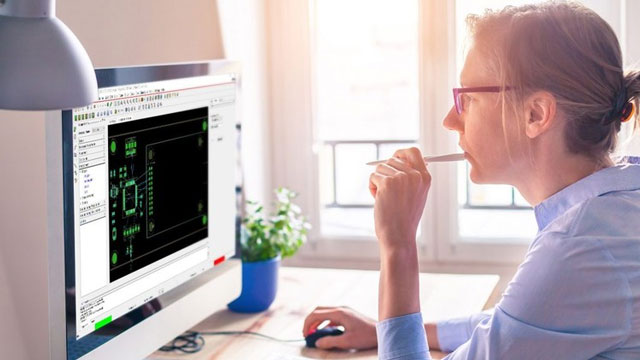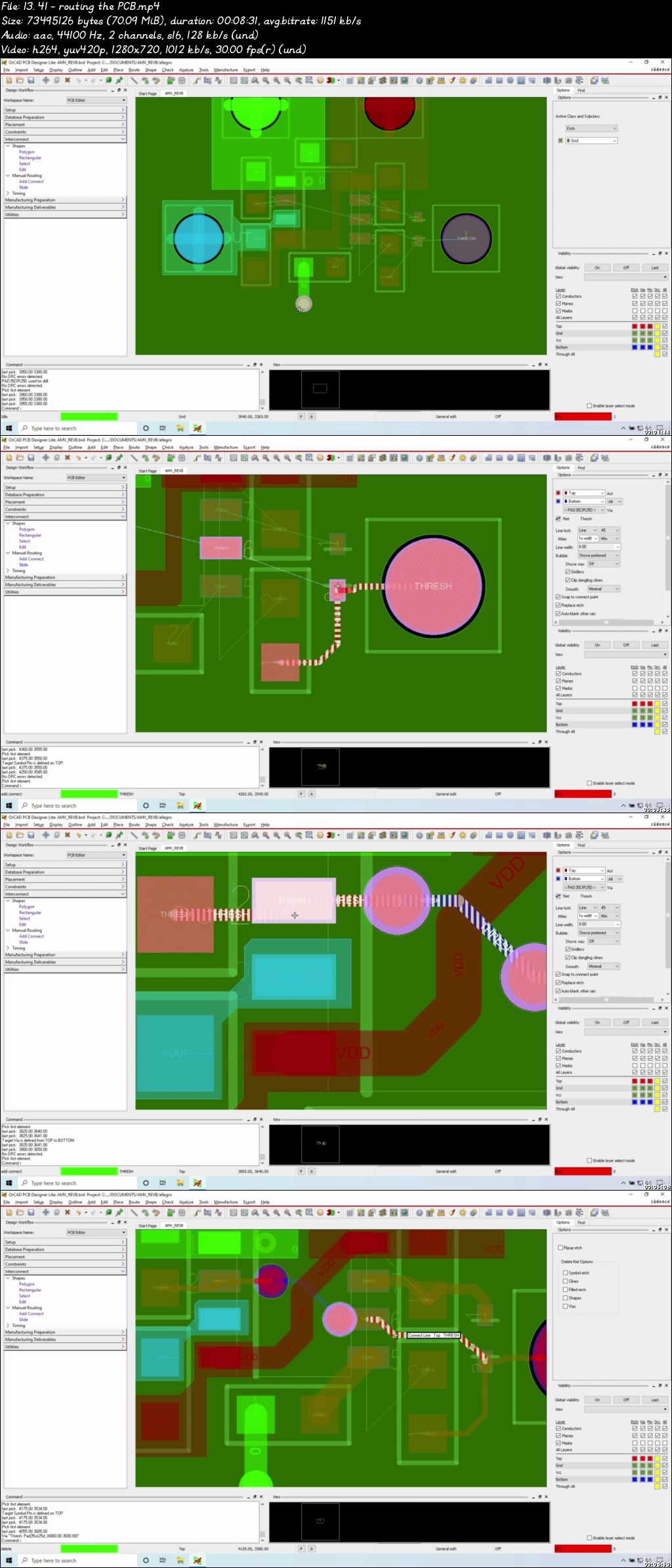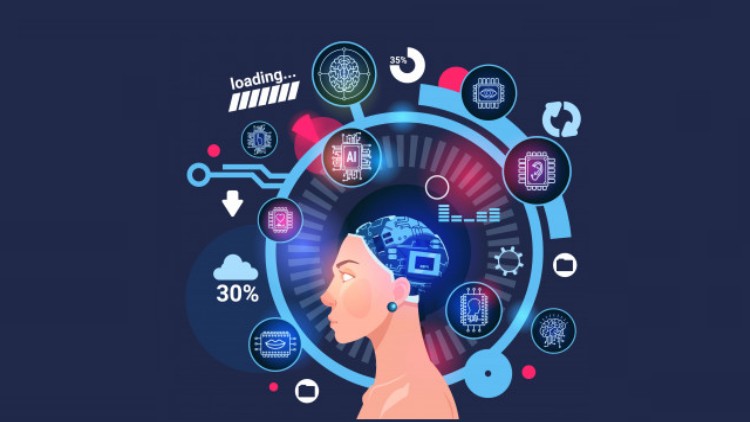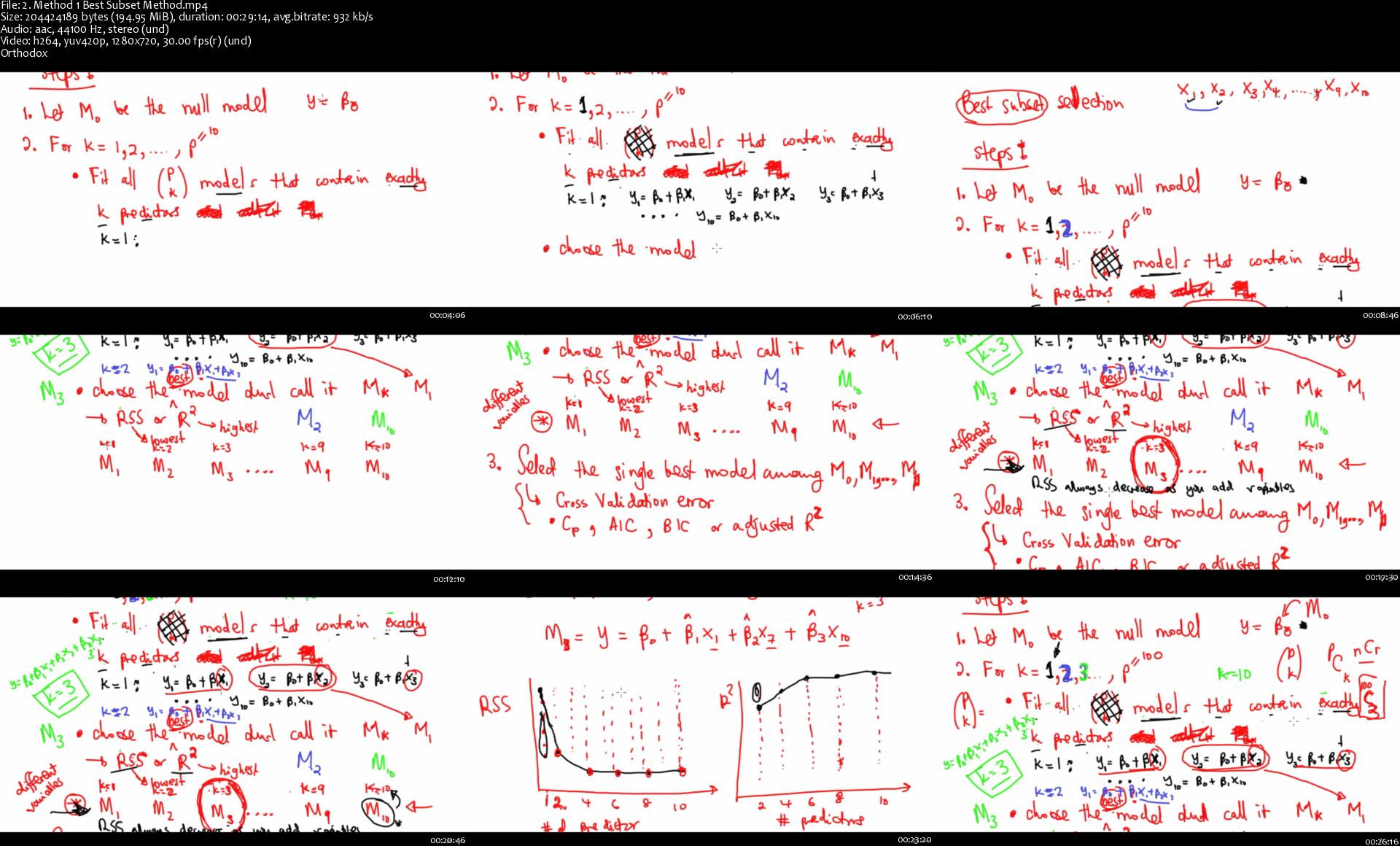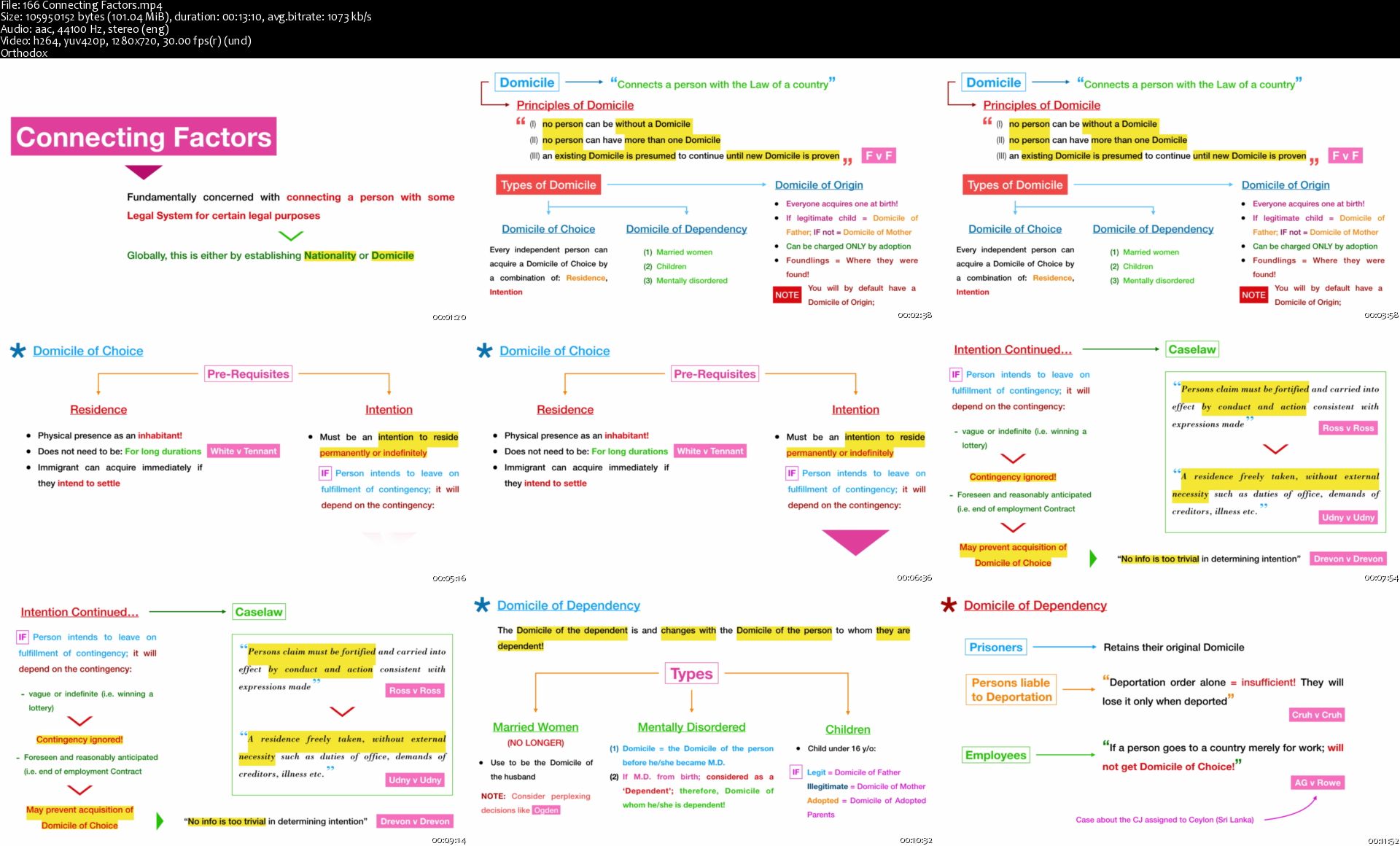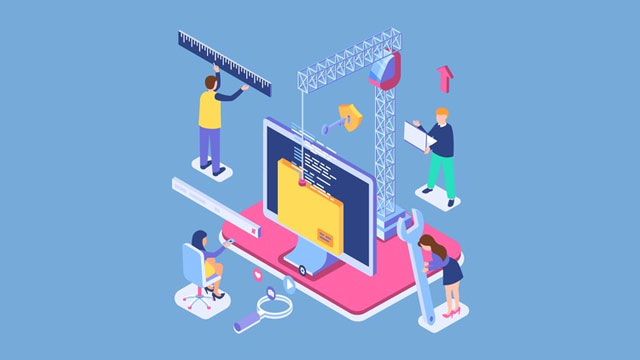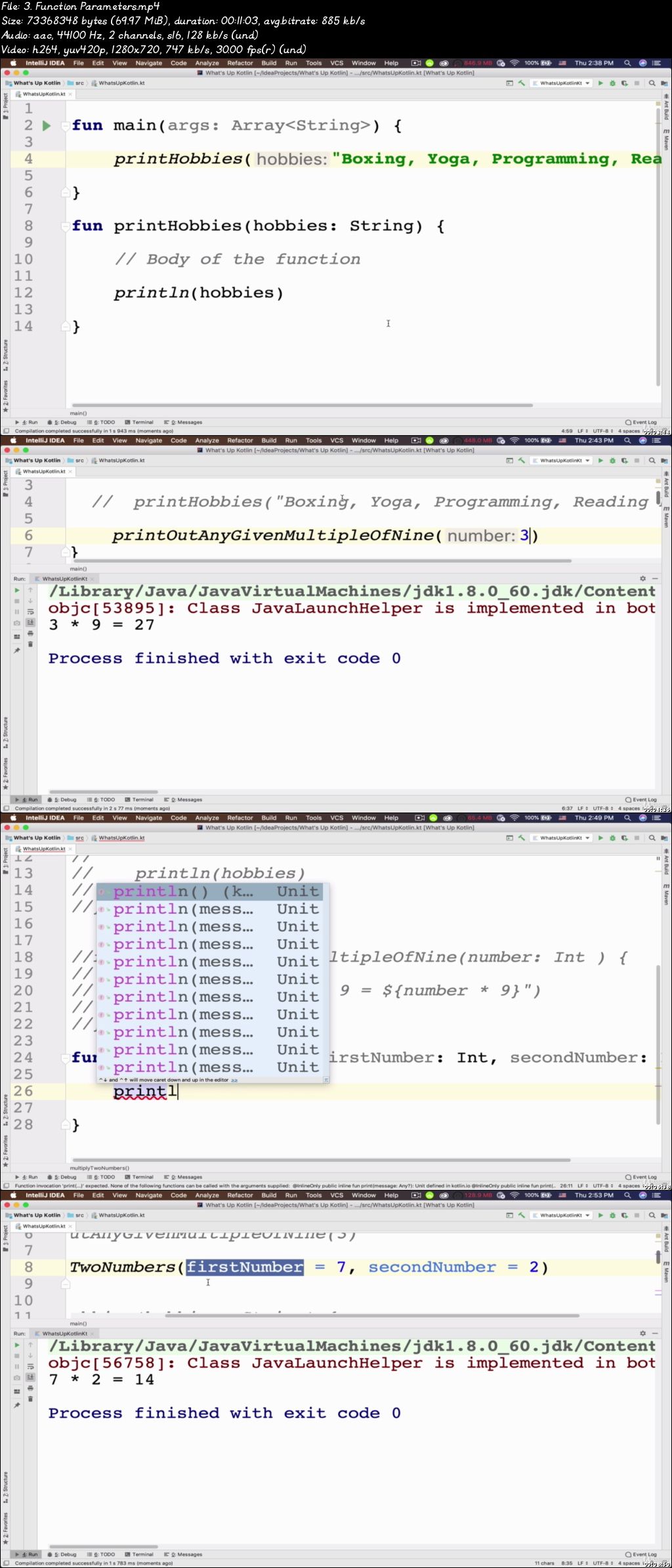46 Best Thai Food Easy Recipe Thai Kitchen Eat Like Thai

46 Best Thai Food Easy Recipe Thai Kitchen Eat Like Thai
Video: .mp4 (1280x720, 30 fps(r)) | Audio: aac, 44100 Hz, 2ch | Size: 7.63 GB
Genre: eLearning Video | Duration: 87 lectures (6 hours, 7 mins) | Language: English
Easy to understand and cook, popular Thai food recipes. Thai Cooking Classes that you want to learn to cook for yourself.
What you'll learn
Step by step to cook simple Thai food for a balanced diet with detailed recipes which are delicious for your family to enjoy.
Use up availability ingredients in your kitchen or local supermarket to create new dishes that you and your family will love.
How to use Asian herbs and condiments to prepare everyday Thai home cooked easy recipes.
Stock up essential dry ingredients and condiments to compliment fresh food in order to create tasty Thai dishes
Store fresh food in the fridge to extend shelf life
Requirements
Please prepare basic kitchen tools as the following: Knife, cutting board, measuring cup and spoon, plates and bowls, a pan or work.
No prior knowledge or experience about Thai Cooking is required
Description
Hi there, my name is Tipyapar Pla Traisombat. Welcome to my course and my kitchen.
Are you a fan of Thai Food ?
I know you may like to cook Thai Food at home sometimes. But what is Thai home cooking for everyday meals?
Here are some questions that might interest you or be in your mind:
- Is Thai Food only curry ?
- Do Thai people cook and eat curries every day ?
- Have you ever struggled to find all ingredients in one place for one meal ?
- Have you bought an ingredient only for cooking one dish and never used it again ?
I sometimes struggle with my shopping list at my local supermarket and cannot complete my cooking plan and almost run out of time for shopping. Our busy daily schedules running against the clock, I find it is so boring and exhausting when my meal plan is not going well. I still have to feed the family. So this is the idea of this course, the basic concept of core ingredients to have in kitchen cabinets and get fresh supply meat and simple vegetables from local supermarkets or what would have left in kitchen cabinets from weekly shopping.
My course will help you to make simple, easy to cook meals that are budget-conscious but delicious. They are the really tasty meals that will become regulars at your family table. Besides, these recipes are the meals that we eat at home every day in Thailand and some of the dishes are famous street food that the locals eat every day such as Stir-Fried Pork Garlic Pepper, Stir-Fried Minced Pork with Holy Basil Leaves and Thai style Omelet.
The course is based on a simple concept for creating a good meal plan, easy recipes and will help you to extend the variety of your weekly meal plan with home cooking recipes of Thai Food.
I also added some recipes in this course that you can try to cook when you have more time at the weekend. It is nice to cook something different and delicious sometimes although it will consume a bit more time but is not too tricky.
Each recipe in my course is provided with step by step clear instructions with subtitles. In addition, there is a downloadable bonus provided at the end of the course which will be a very helpful guide for your cooking.
This course gives you easy to make recipes with basic ingredients for Thai cooking that you can make at home bringing the authentic local Thai to your kitchen.
See you in the kitchen.
Who this course is for:
This course is a good resource for anyone interested in Thai cooking that will help you make the most out of your time and your weekly shopping.
This course is good for beginners. You do not need any experience or knowledge about Thai Cooking or Thai Food. The course will guide you in basic preparation, ingredients introduction and step by step cooking.
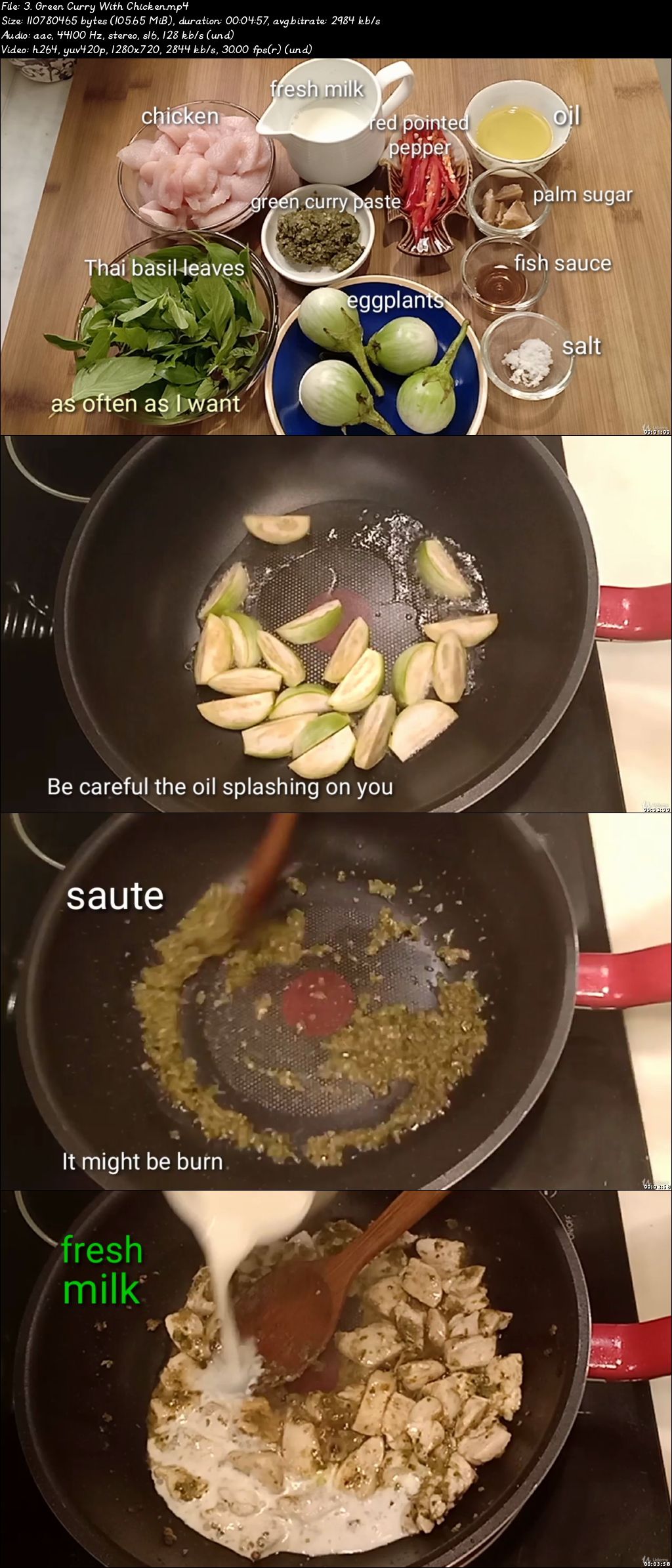

46 Best Thai Food Easy Recipe Thai Kitchen Eat Like Thai
Video: .mp4 (1280x720, 30 fps(r)) | Audio: aac, 44100 Hz, 2ch | Size: 7.63 GB
Genre: eLearning Video | Duration: 87 lectures (6 hours, 7 mins) | Language: English
Easy to understand and cook, popular Thai food recipes. Thai Cooking Classes that you want to learn to cook for yourself.
What you'll learn
Step by step to cook simple Thai food for a balanced diet with detailed recipes which are delicious for your family to enjoy.
Use up availability ingredients in your kitchen or local supermarket to create new dishes that you and your family will love.
How to use Asian herbs and condiments to prepare everyday Thai home cooked easy recipes.
Stock up essential dry ingredients and condiments to compliment fresh food in order to create tasty Thai dishes
Store fresh food in the fridge to extend shelf life
Requirements
Please prepare basic kitchen tools as the following: Knife, cutting board, measuring cup and spoon, plates and bowls, a pan or work.
No prior knowledge or experience about Thai Cooking is required
Description
Hi there, my name is Tipyapar Pla Traisombat. Welcome to my course and my kitchen.
Are you a fan of Thai Food ?
I know you may like to cook Thai Food at home sometimes. But what is Thai home cooking for everyday meals?
Here are some questions that might interest you or be in your mind:
- Is Thai Food only curry ?
- Do Thai people cook and eat curries every day ?
- Have you ever struggled to find all ingredients in one place for one meal ?
- Have you bought an ingredient only for cooking one dish and never used it again ?
I sometimes struggle with my shopping list at my local supermarket and cannot complete my cooking plan and almost run out of time for shopping. Our busy daily schedules running against the clock, I find it is so boring and exhausting when my meal plan is not going well. I still have to feed the family. So this is the idea of this course, the basic concept of core ingredients to have in kitchen cabinets and get fresh supply meat and simple vegetables from local supermarkets or what would have left in kitchen cabinets from weekly shopping.
My course will help you to make simple, easy to cook meals that are budget-conscious but delicious. They are the really tasty meals that will become regulars at your family table. Besides, these recipes are the meals that we eat at home every day in Thailand and some of the dishes are famous street food that the locals eat every day such as Stir-Fried Pork Garlic Pepper, Stir-Fried Minced Pork with Holy Basil Leaves and Thai style Omelet.
The course is based on a simple concept for creating a good meal plan, easy recipes and will help you to extend the variety of your weekly meal plan with home cooking recipes of Thai Food.
I also added some recipes in this course that you can try to cook when you have more time at the weekend. It is nice to cook something different and delicious sometimes although it will consume a bit more time but is not too tricky.
Each recipe in my course is provided with step by step clear instructions with subtitles. In addition, there is a downloadable bonus provided at the end of the course which will be a very helpful guide for your cooking.
This course gives you easy to make recipes with basic ingredients for Thai cooking that you can make at home bringing the authentic local Thai to your kitchen.
See you in the kitchen.
Who this course is for:
This course is a good resource for anyone interested in Thai cooking that will help you make the most out of your time and your weekly shopping.
This course is good for beginners. You do not need any experience or knowledge about Thai Cooking or Thai Food. The course will guide you in basic preparation, ingredients introduction and step by step cooking.








